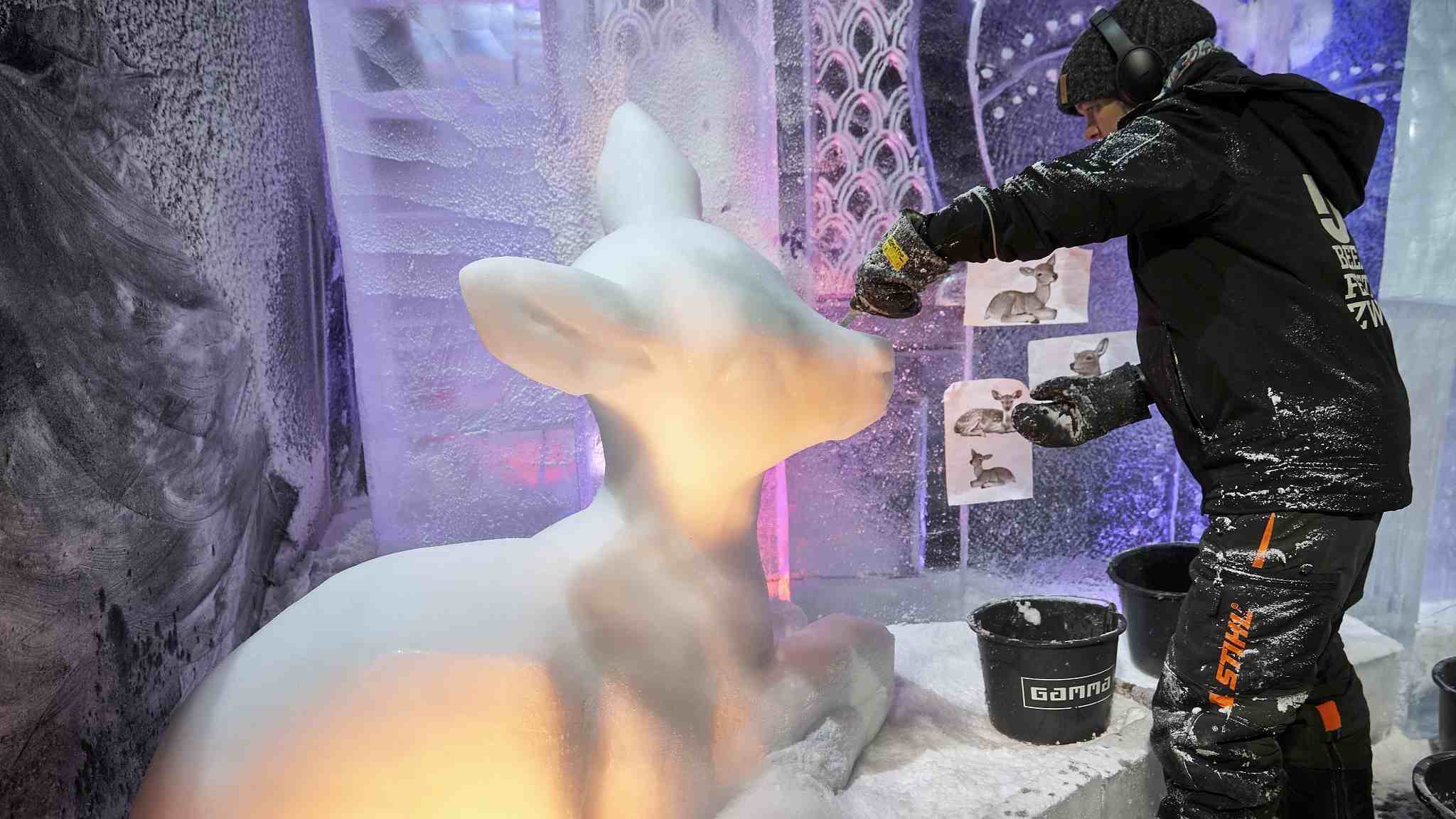The Art of Ice Sculpting in the Netherlands
In the heart of the Netherlands, the town of Zwolle hosts an annual event that transforms blocks of ice into stunning works of art. The Dutch Ice Sculpture Festival, held every winter, attracts artisans from around the world. These artists, armed with chisels and chainsaws, carve intricate designs that captivate thousands of visitors.
Techniques and Tools of the Trade
Dutch ice sculptors employ a variety of tools to achieve their detailed creations. Chainsaws are used for rough shaping, while chisels and fine picks allow for precision work. The ice itself is sourced from purified water, ensuring clarity and strength. Artists often work in sub-zero tents to prevent the sculptures from melting during the creation process.

Interview with Master Sculptor Jan van der Meer

Jan van der Meer, a renowned Dutch ice sculptor, shares insights into his creative process. "Each block of ice is like a blank canvas," he explains. "The challenge is to see the potential within and bring it to life." Van der Meer's favorite piece, a life-sized polar bear, took over 40 hours to complete and required meticulous attention to detail.

Challenges Faced by Ice Sculptors
Creating art from ice is not without its challenges. Temperature fluctuations can cause cracks, and the weight of the ice demands careful handling. Sculptors must also work quickly to prevent melting, often completing their pieces in just a few days. Despite these hurdles, the ephemeral nature of ice art is part of its allure, offering a unique experience for both artists and viewers.
The Impact of Climate on Ice Art
As winters become milder, Dutch ice sculptors face new challenges. Warmer temperatures shorten the lifespan of outdoor sculptures, prompting artists to adapt by using refrigerated tents and exploring alternative materials like synthetic ice. These innovations ensure that the tradition of ice sculpting continues to thrive in the Netherlands.











0 comments